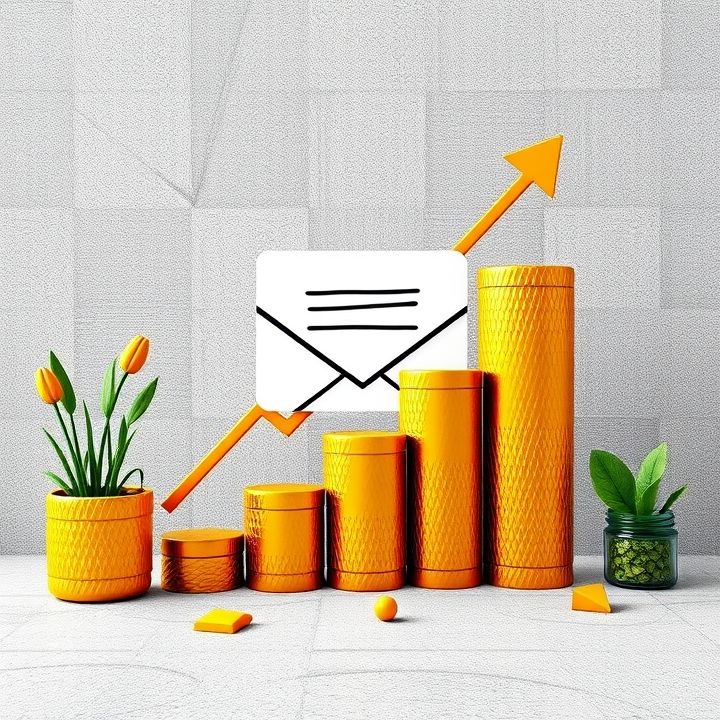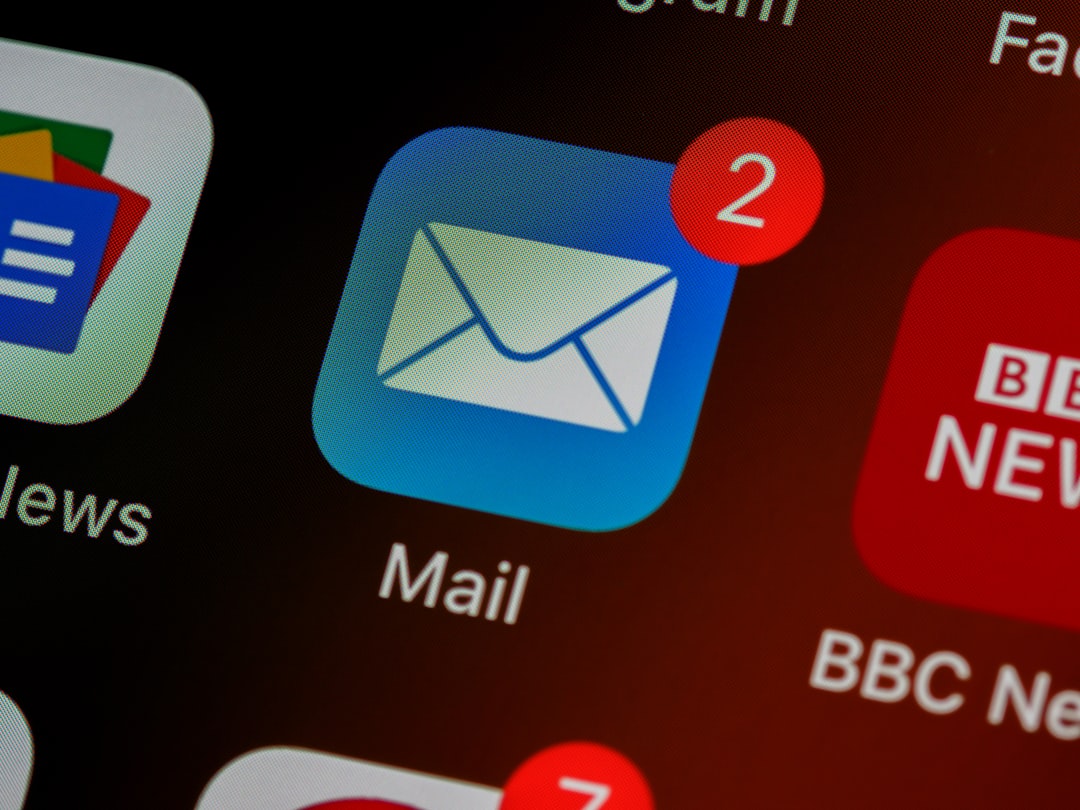Table of Contents
- Introduction
- Understanding customer journey mapping
- Identifying key touchpoints in the customer journey
- Segmenting customers based on journey stages
- Crafting personalized email content for each stage
- Using automation tools to streamline email sequences
- Analyzing and optimizing email performance
- Incorporating feedback into journey maps
- Leveraging data insights to refine email strategies
- Conclusion
- Frequently Asked Questions
Introduction
Imagine the power of boosting your sales to unprecedented heights simply by mastering the art of customer journey mapping! Intrigued? You should be. In today’s competitive market, understanding your customer’s journey is the golden key to crafting unbeatable email sequences that convert.
Take a look at the table below to see how understanding different stages of the customer journey can impact your email campaigns:
| Stage | Email Strategy |
|---|---|
| Awareness | Introduce your brand and products |
| Consideration | Send case studies and testimonials |
| Decision | Offer discounts and promotions |
Cleverly designed email sequences can not only capture your audience’s attention but also guide them smoothly through their buying journey. Get ready to unlock the secrets to skyrocketing your sales!
Understanding customer journey mapping
Understanding customer journey mapping is crucial for crafting effective email sequences. This process involves tracking and visualizing the interactions a customer has with your brand, from the initial awareness stage to the final purchase and beyond. By mapping out this journey, businesses can identify key touchpoints and opportunities to engage customers. The insights gained from customer journey mapping allow for the creation of personalized and targeted email campaigns, ensuring that each message resonates with the recipient at the right time.
For instance, during the awareness stage, a customer might benefit from informative content that introduces your brand and its offerings. As they move to the consideration stage, more detailed emails highlighting specific products or testimonials can help in decision-making. Finally, during the purchase stage, timely emails with special offers or incentives can encourage conversion. By understanding the different stages of the customer journey, businesses can tailor their email sequences to address specific needs and pain points, thereby enhancing customer engagement and boosting conversion rates.
Identifying key touchpoints in the customer journey
Identifying key touchpoints in the customer journey is crucial for creating effective email sequences. Touchpoints are the interactions that a customer has with a brand from the moment they become aware of its existence until they make a purchase and beyond. These can include initial awareness, consideration, purchase, and post-purchase stages.
During the awareness stage, customers first hear about your product or service through marketing efforts such as social media, blogs, or advertising. In the consideration stage, they start to compare options and seek more information about your offerings. The purchase stage involves the decision-making process where they take action to buy. Finally, the post-purchase stage includes follow-up interactions like support, feedback, and loyalty programs.
By pinpointing these touchpoints, you can tailor your email sequences to address specific needs and questions at each stage. This ensures that your customers receive relevant, timely information that moves them along the sales funnel efficiently. Mapping out these touchpoints helps in personalizing content, increasing engagement, and ultimately driving conversions.
Segmenting customers based on journey stages
Segmenting customers based on their journey stages is a crucial strategy for creating effective email sequences. By understanding where a customer is currently positioned in their journey, you can tailor your email content to address their specific needs and concerns. This involves dividing your audience into segments such as awareness, consideration, and decision stages. In the awareness stage, potential customers are just becoming aware of your product or service, so emails should focus on providing educational content that introduces your brand. For the consideration stage, customers are evaluating their options, so you should send emails that highlight the unique benefits and features of your offering. Finally, in the decision stage, the customer is ready to make a purchase, and emails should include persuasive content such as testimonials, case studies, and special offers. By segmenting your customers and crafting emails that resonate with their current stage in the journey, you are more likely to nurture leads and drive conversions effectively.
Crafting personalized email content for each stage
Crafting personalized email content for each stage of the customer journey is crucial for maximizing engagement and conversion rates. At the awareness stage, your emails should introduce your brand and provide valuable information that addresses the customer’s initial interests or pain points. Using engaging subject lines and catchy introductions can pique their curiosity.
As customers move to the consideration stage, your email content should focus on showcasing the benefits and features of your products or services. Include detailed guides, comparison charts, and customer testimonials to help them evaluate their options.
By the time they reach the decision stage, customers are ready to make a purchase. Your emails should now include clear calls-to-action (CTAs), time-sensitive offers, or discounts to motivate them to buy.
Lastly, in the retention stage, the goal is to build a lasting relationship. Send personalized recommendations, exclusive offers, and updates to keep them engaged and loyal. Tailoring your email content to each stage of the customer journey not only improves the customer experience but also increases the likelihood of conversion and long-term loyalty.
Using automation tools to streamline email sequences
Using automation tools can significantly streamline your email sequences, making the process more efficient and effective. These tools allow you to set up a series of automated emails that are triggered by specific actions or behaviors of your customers. For example, if a customer signs up for a newsletter, an automation tool can automatically send a welcome email followed by a series of informative emails based on their customer journey.
This not only saves time but also ensures that your communication is timely and relevant. More advanced automation tools can also help you segment your audience based on their behavior and preferences, allowing for more personalized communication. By using these tools, you can ensure that your customers receive the right message at the right time, enhancing their overall experience and increasing the likelihood of conversion.
Additionally, most automation tools come with analytics features that help you track the performance of your email sequences. This data can be invaluable for tweaking and optimizing your strategy. In summary, automation tools make it easier to manage and execute effective email sequences, ultimately driving better results.
Analyzing and optimizing email performance
Analyzing and optimizing email performance is crucial for the success of any email marketing campaign. To start, you need to keep a close eye on key metrics such as open rates, click-through rates, and conversion rates. These indicators provide insights into how your audience is engaging with your emails. Use A/B testing methods to experiment with different subject lines, email designs, and call-to-actions to see what resonates best with your audience.
Next, segment your email list based on user behavior and demographics to ensure that each group receives personalized content. Tailoring your message increases relevance and engagement. Additionally, keep an eye on deliverability rates to make sure your emails are reaching your recipients’ inboxes. Practices like cleaning your email list regularly and avoiding spammy language can help maintain high deliverability.
Moreover, leveraging customer feedback is essential for continuous improvement. Use surveys or direct responses to understand what your audience likes or dislikes about your emails. Finally, stay updated with industry benchmarks and trends to make necessary adjustments. By focusing on these aspects, you can effectively enhance the overall performance of your email sequences.
Incorporating feedback into journey maps
Incorporating feedback into journey maps is crucial for refining and enhancing the customer experience. To begin, actively collect feedback from various touchpoints, such as surveys, social media, and customer service interactions. This data provides valuable insights into customer pain points and preferences. Once gathered, integrate this feedback into your existing journey maps to identify areas that require improvement. Use the feedback to validate assumptions and update the journey stages, ensuring they accurately represent the customer’s experiences and expectations.
Furthermore, segmenting the feedback according to different customer personas allows for a more tailored approach to journey mapping. By doing so, you can better understand how different segments experience your brand and address their specific needs. Regularly updating your journey maps with fresh feedback ensures they remain relevant and effective.
Lastly, sharing updated journey maps with all relevant departments fosters a collaborative environment. It allows teams to make data-driven decisions that align with the overall customer experience strategy. By continuously incorporating feedback, you create a dynamic and responsive journey map that adapts to the evolving needs and expectations of your customers.
Leveraging data insights to refine email strategies
Leveraging data insights to refine email strategies involves a detailed analysis of customer behavior and preferences. By closely monitoring metrics such as open rates, click-through rates, and conversion rates, businesses can gain valuable insights into what resonates with their audience. These insights help in crafting personalized content, segmenting audiences more effectively, and ultimately increasing engagement. For instance, if data reveals that a particular group of customers engages more with product recommendations, a tailored email sequence can be created to cater specifically to their interests. Utilizing data also enables A/B testing to determine which subject lines, email formats, and calls-to-action yield the best results. Moreover, tracking customer journey stages allows marketers to send timely, relevant emails that guide prospects through the sales funnel smoothly. In essence, by leveraging data insights, companies can transform their email marketing from a generic outreach tool to a sophisticated, targeted strategy that fosters stronger customer relationships and drives higher conversion rates.
Conclusion
Mastering customer journey mapping is the key to creating unbeatable email sequences that can significantly boost your sales. By identifying key touchpoints, you ensure that each interaction with your customers is meaningful and effective. Properly segmenting your audience based on their journey stages allows you to craft personalized email content that resonates with their specific needs. Utilizing automation tools can streamline this process, making it more efficient and ensuring timely communication.
Continuous analysis and optimization of your email performance, leveraging data insights, and incorporating customer feedback into your journey maps can refine your strategies further. This dynamic approach creates a responsive and tailored customer experience, fostering engagement and driving higher conversion rates. Ultimately, by embracing these techniques, you transform your email marketing efforts from a generic outreach tool into a sophisticated, data-driven strategy that builds stronger customer relationships and propels your business to new heights.













